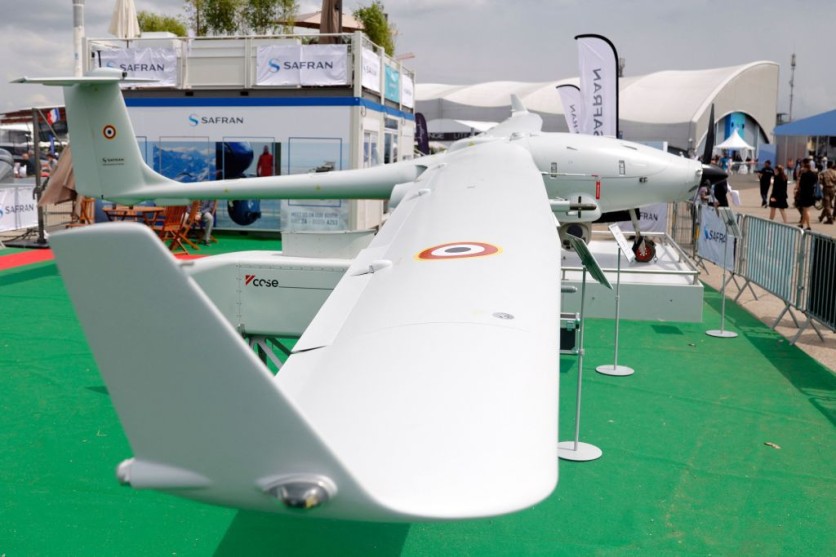A researcher at the University of Texas at Arlington is spearheading a project to create an open-networked airborne computing platform to enhance the capabilities of unmanned aerial vehicles (UAVs) in aiding first responders during emergencies and disaster situations.
The initiative also involves the development of a universal plug-in hardware unit that can be integrated into various UAV models, facilitating the deployment of the airborne computing platform.

Project to Enhance Unmanned Aerial Vehicles (UAVs) Receives $1.8 Million Grant From the NSF
Funded by a $1.8 million grant from the National Science Foundation (NSF), the project is a collaborative effort between the University of Texas at Arlington, the University of North Texas, San Diego State University, and the University of Puerto Rico at Mayaguez.
Yan Wan, a Distinguished University Professor in the Electrical Engineering Department at UT Arlington, has received over $800,000 from the grant to support her research.
Unmanned aerial vehicles (UAVs), commonly known as drones, have gained prominence in various domains, and their potential extends to intelligent tasks and disaster response.
Yan Wan emphasized the need for UAVs to communicate with each other in real time, even without central computer management control.
This novel approach, termed networked airborne computing, entails the creation of an aerial network comprising UAVs with direct communication links for effective real-time computing in the air.
The project's primary goal is to enable UAVs to transmit real-time videos, providing immediate insights into natural or manmade disaster situations. It could facilitate quicker and more targeted dispatch of emergency crews, minimizing response times and improving overall disaster management.
Yan Wan noted that her team had been dedicated to this research for the past decade, previously receiving a significant NSF grant in 2017 to initiate a networked airborne computing platform for UAVs. The research activities will span across the main UT Arlington campus and the UT Arlington Research Institute.
Potential Applications
The potential applications of this technology extend beyond emergency response. Wan highlighted the prospect of coordinating UAVs for commercial purposes, such as the delivery of goods.
With the rising prevalence of companies engaged in delivery services, a universal control system that can seamlessly integrate with various UAVs could streamline coordination and enhance efficiency.
Diana Huffaker, UTA associate vice president for research, discussed the importance of ensuring the safety of UAV transportation in immediate airspace during emergencies. She noted that providing essential information to emergency personnel contributes to their safety and the effectiveness of rescue efforts.
Yan Wan's leadership extends to the Dynamical Networks and Control Lab at UT Arlington, focusing on developing solutions for large-scale dynamic networks and cyber-physical systems.
"Our project should be able to transmit real-time videos to see what is happening during or immediately after a natural or manmade disaster," Wan said in a statement. "Emergency crews can then be dispatched directly to where help is needed. They won't have to go to a site, then search, then help people in need."
Related Article : Is Iran Supporting Russia Against Ukraine as it Sends 'Armed Drones?' Here's What the White House Says

ⓒ 2026 TECHTIMES.com All rights reserved. Do not reproduce without permission.




